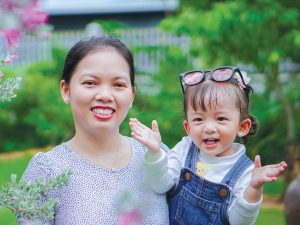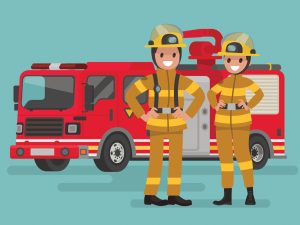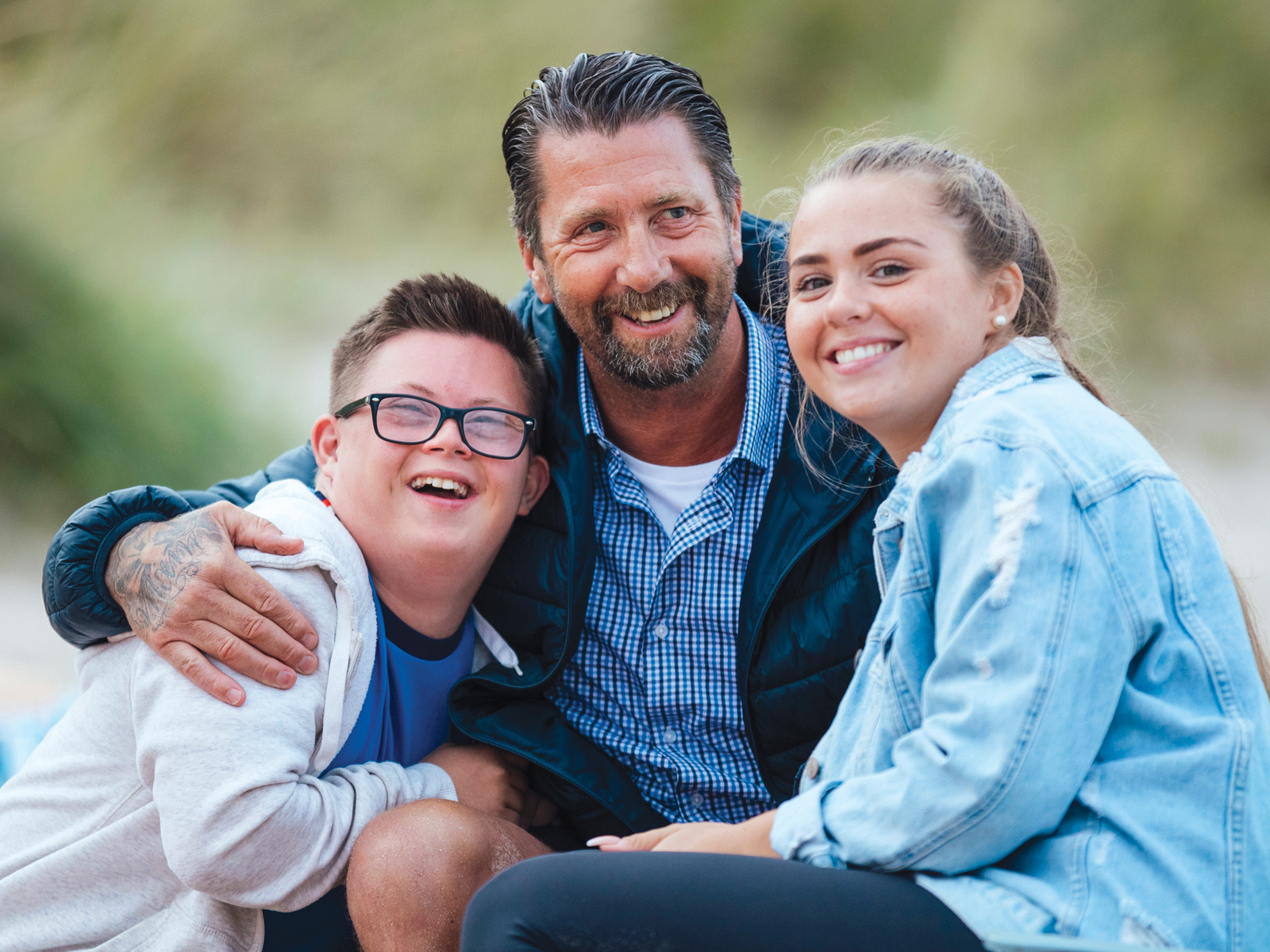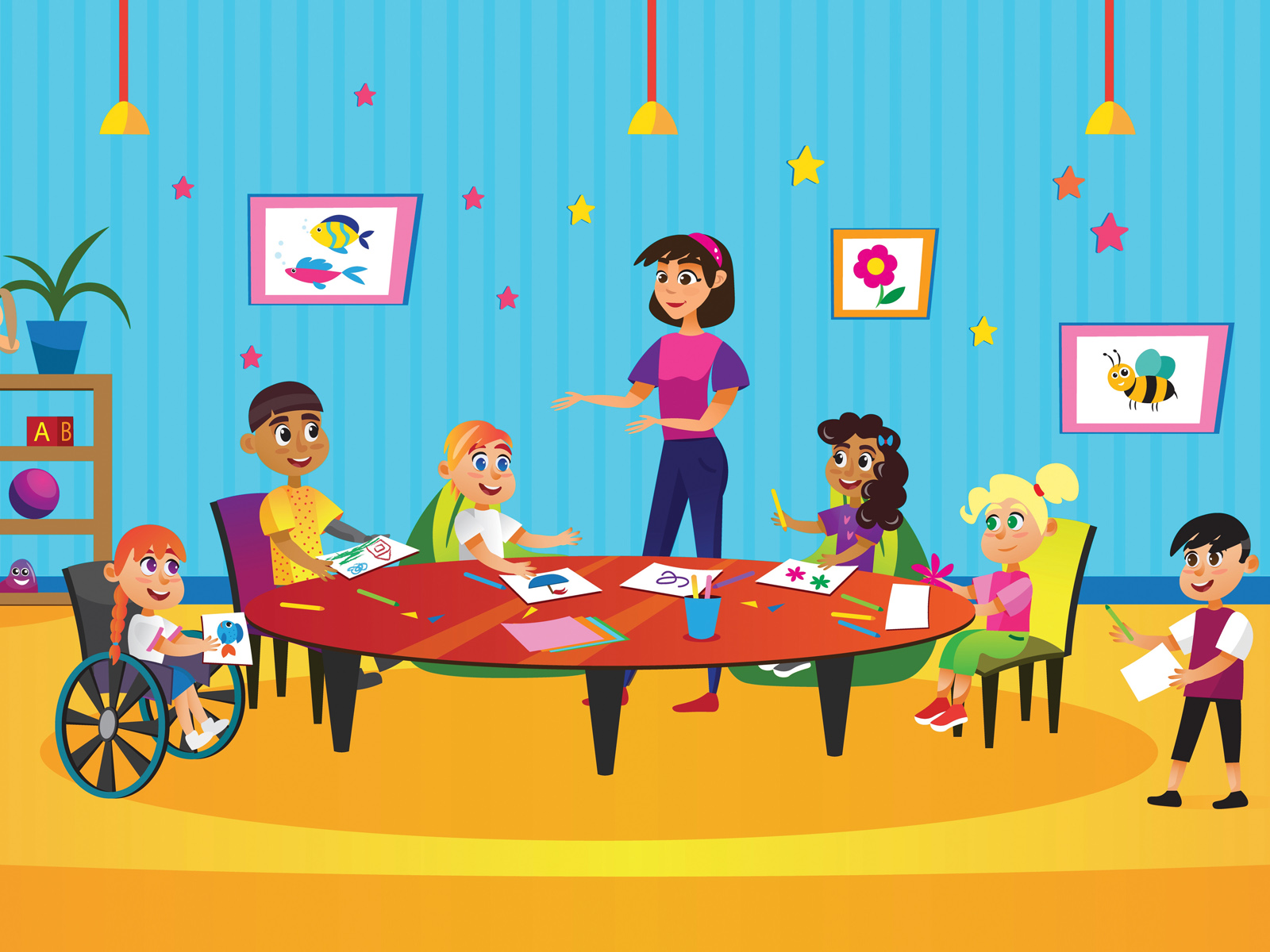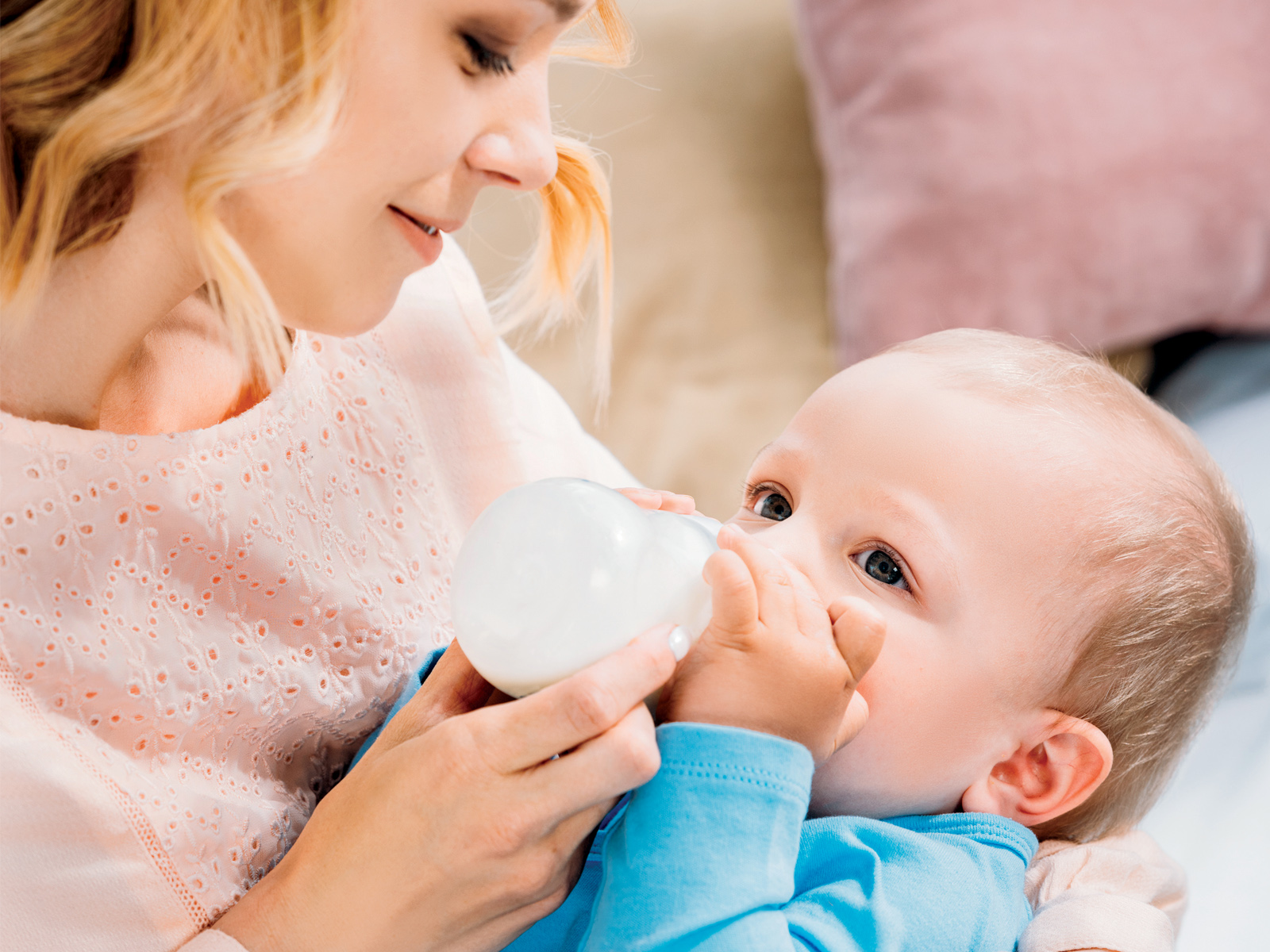Vision loss can range from no vision, blindness or very low vision to not being able to see particular colours.
Loss of vision can occur at any age, but conditions in children will usually stay the same throughout their lives. Some conditions may result in vision problems for only a short time, but others might worsen over time.
What is low vision?
Low vision is when your child can’t see all the things they should be able to for their age. Your child might have low-to-no vision, blurred vision or loss of side vision. Or their eyes might not be able to see some colours—this is called colour blindness
What is blindness?
A child is considered legally blind if they can’t see at 6 m what a child with normal vision can see at 60 m, or if their field of vision is less than 20° in diameter (a person with normal vision can see 180°).
Causes to consider: Babies might have loss of vision at birth. It can also happen later as a result of disease, injury or a medical condition.
The most common causes are:
• Neurological conditions that affect the parts of the brain that control sight (cortical vision impairment).
• Genetic conditions like albinism and retinitis pigmentosa.
• Illnesses that happen to some very premature babies or babies that have particular problems during their birth.
• Conditions like paediatric glaucoma or cataracts and cancers like retinoblastoma.
• Infections with particular viruses during pregnancy—for example, rubella, cytomegalovirus, sexually transmitted infection, toxoplasmosis and so on.
• Structural problems with the eyes that limit vision—for example, microphthalmia or anophthalmia.
• Damage or injury to the eye, to the pathways connecting the eye to the brain, or to the visual centre of the brain.
Early signs and symptoms: Often, it will be something about a child’s behaviour or the way they use their eyes that may concern you. Most babies start to focus on faces and objects by four to five weeks of age. By six to eight weeks, most will start smiling at the familiar faces. If any of the actions listed below don’t occur they may be worth looking into:
• Eyes move quickly from side to side (nystagmus), jerk or wander randomly.
• Eyes don’t follow your face or an object, or don’t make eye contact.
• Eyes don’t react to bright light being turned on in the room.
• Pupils seem white or cloudy not black.
• Eyes don’t appear straight but turn toward the nose or drift outwards.
An older child might seem to see things better during the day than at night. They might also hold things up close to their face, say they are tired or rub their eyes a lot, turn or tilt their head or cover one eye when looking at things up close.
Diagnosis: If you are worried, talking to your GP or paediatrician and getting a diagnosis is the first step. Getting your child’s eyes checked and obtaining a referral to a children’s eye specialist—a paediatric ophthalmologist—who will examine your child and do tests to work out what the problem is, is key.
Quality of life: Blindness can affect lots of areas of your child’s development, some of which you might not expect. You may discover challenges communicating, learning to read and write, playing and socializing. Your child might also be clumsy, not be able to read non-verbal cues and gestures, get lost in a crowd or have trouble making friends. Your baby might not point to objects, so that the people around them won’t name these objects, and they’ll miss the chance to learn the names or move to see interesting objects.
Early intervention
Children with all kinds of vision loss can get a lot out of early intervention including further assessments and learning new skills. They also trust and learn the most from the people who care for them.
This article was developed in collaboration with Sue Silveira, Royal Institute for Deaf and Blind Children (RIDBC), Vision Australia and the Better Start initiative.


